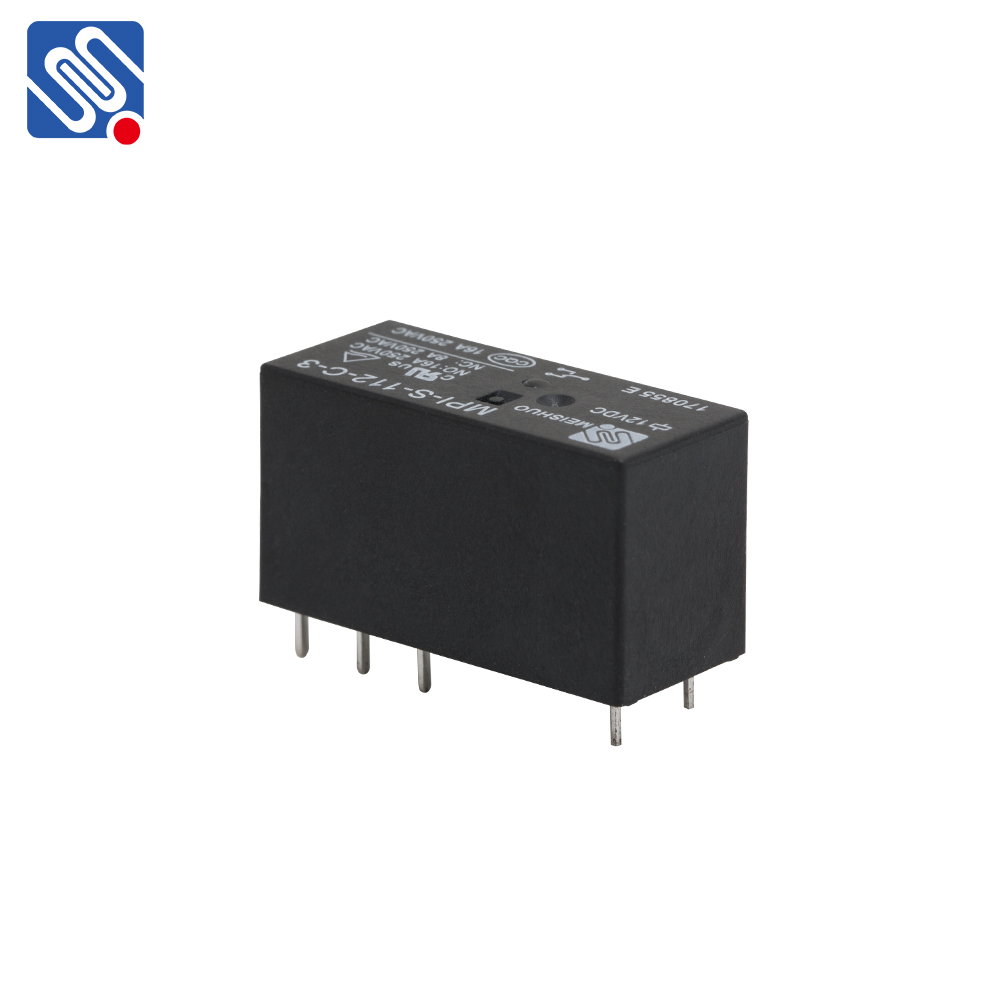A relay control system is a fundamental component used in a wide range of applications in automation, control, and electrical systems. It allows for the control of high-voltage or high-current devices with low-voltage, low-current signals, making it an essential tool in modern technology. This article explores the importance of relay control systems, how they work, their types, and their applications.

What is a Relay Control System? At its core, a relay control system utilizes a relay – an electrically operated switch – to control the operation of devices in a circuit. A relay typically consists of an electromagnet, a set of contacts, and a spring mechanism. When a small electric current flows through the electromagnet, it generates a magnetic field that attracts or repels the contacts, thus closing or opening the circuit. This action allows a low-power signal to control higher-power devices such as motors, lights, or other electrical equipment. Relay control systems are primarily used to switch on or off electrical devices without the need for the operator to directly interact with the high-voltage components. This is essential for safety, as it reduces the risk of electrocution and equipment damage while enabling precise control over electrical systems.